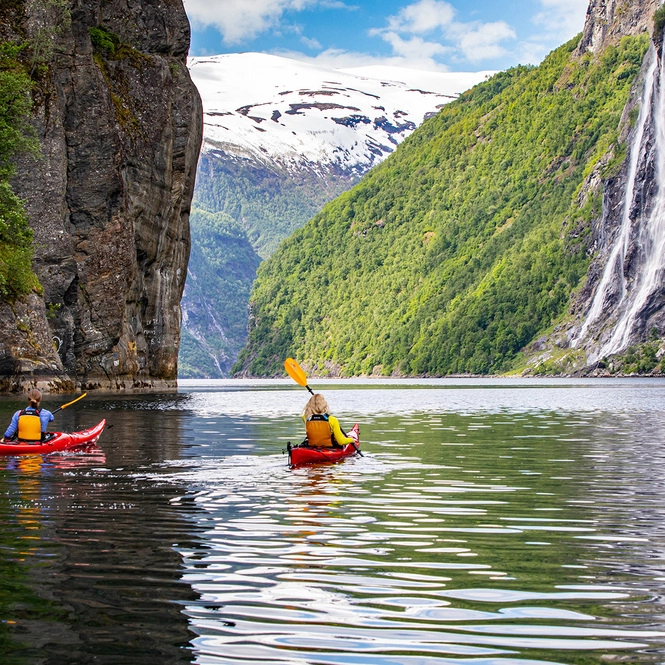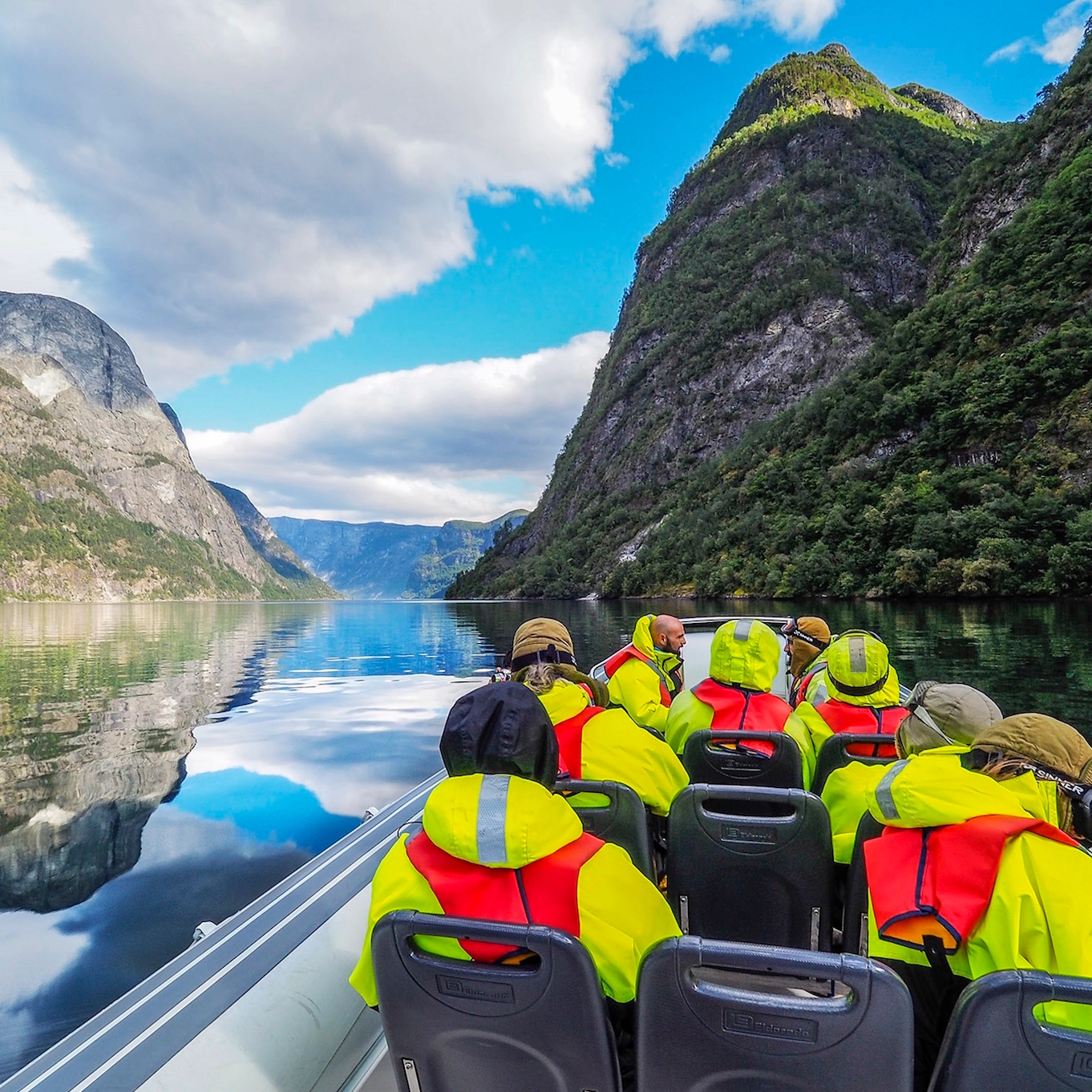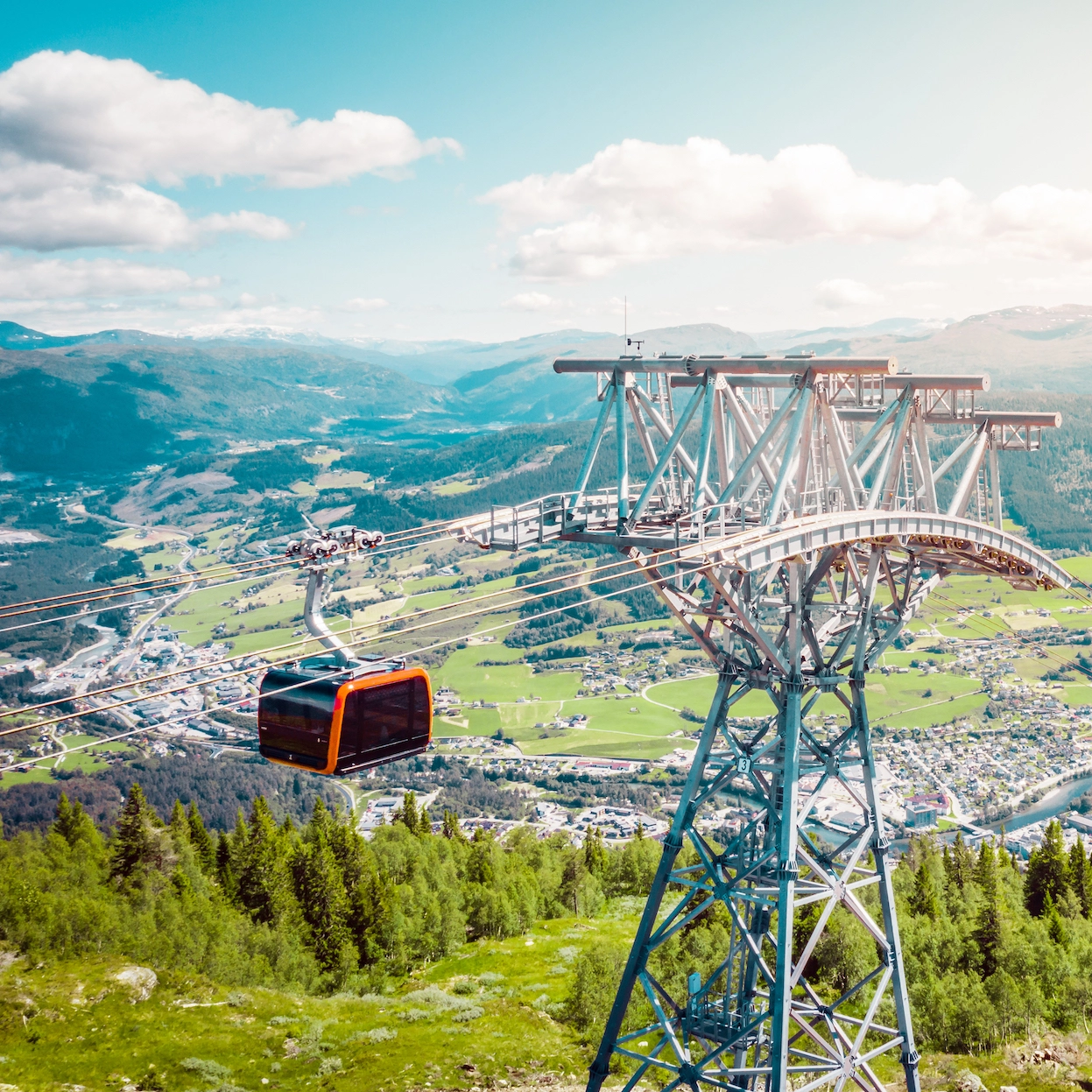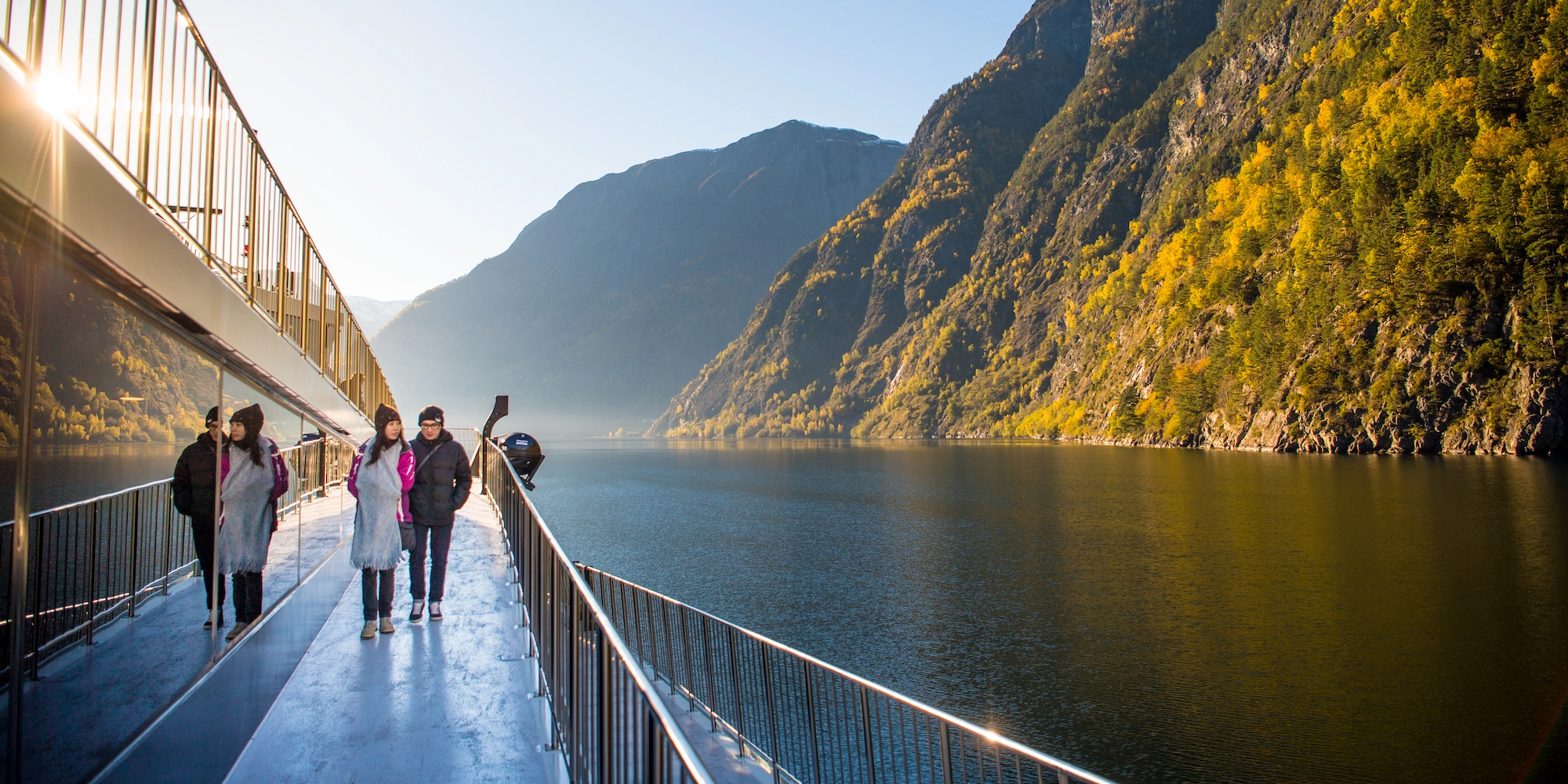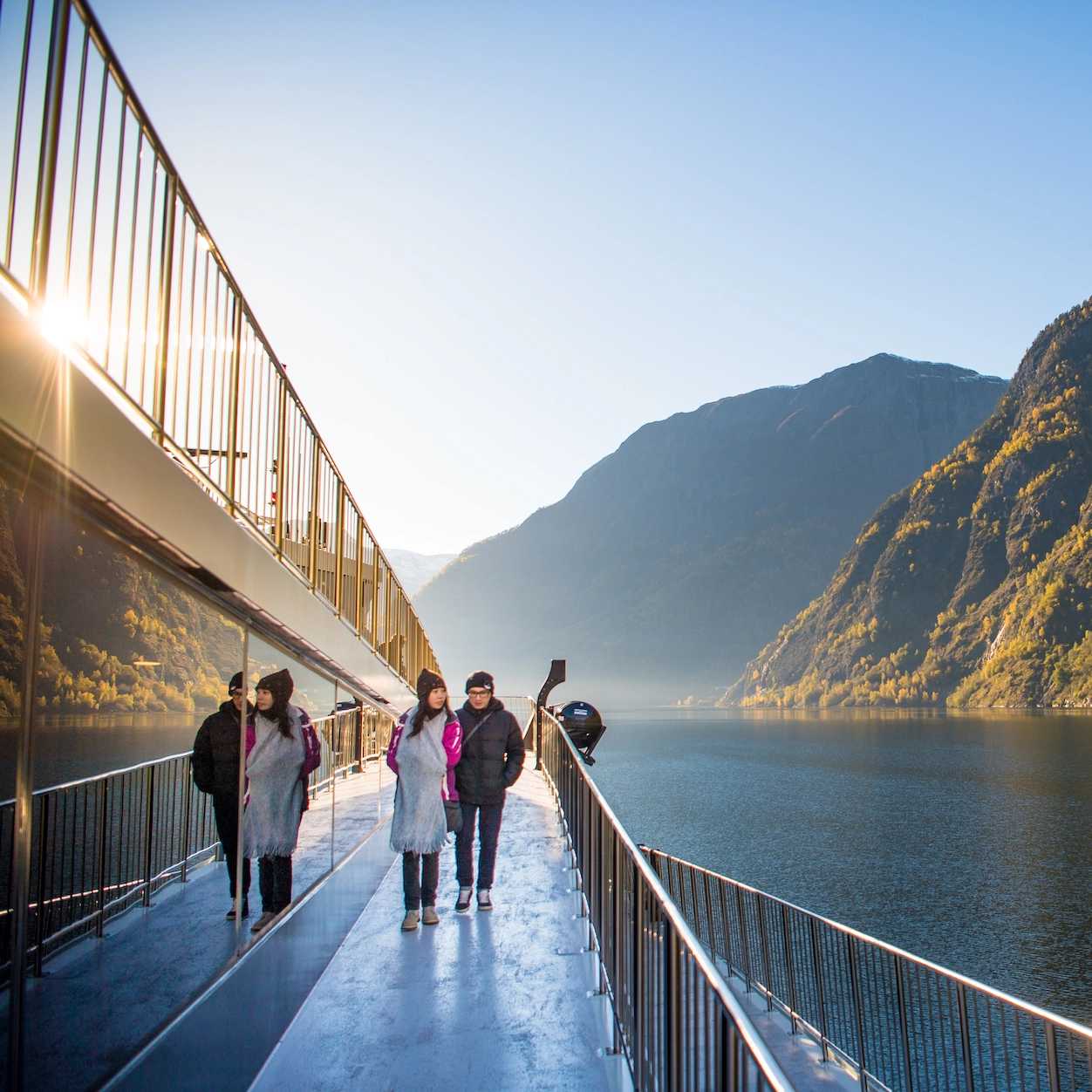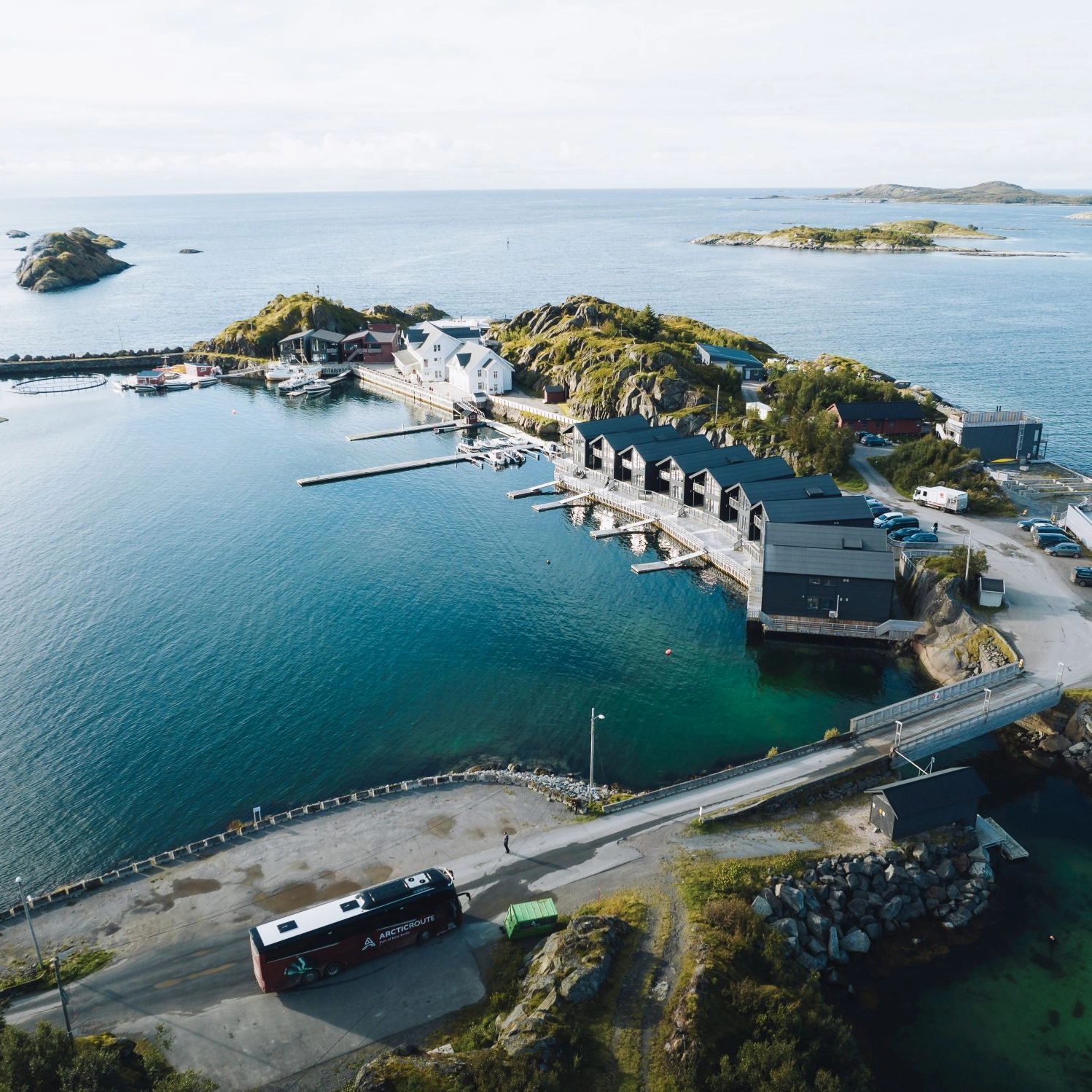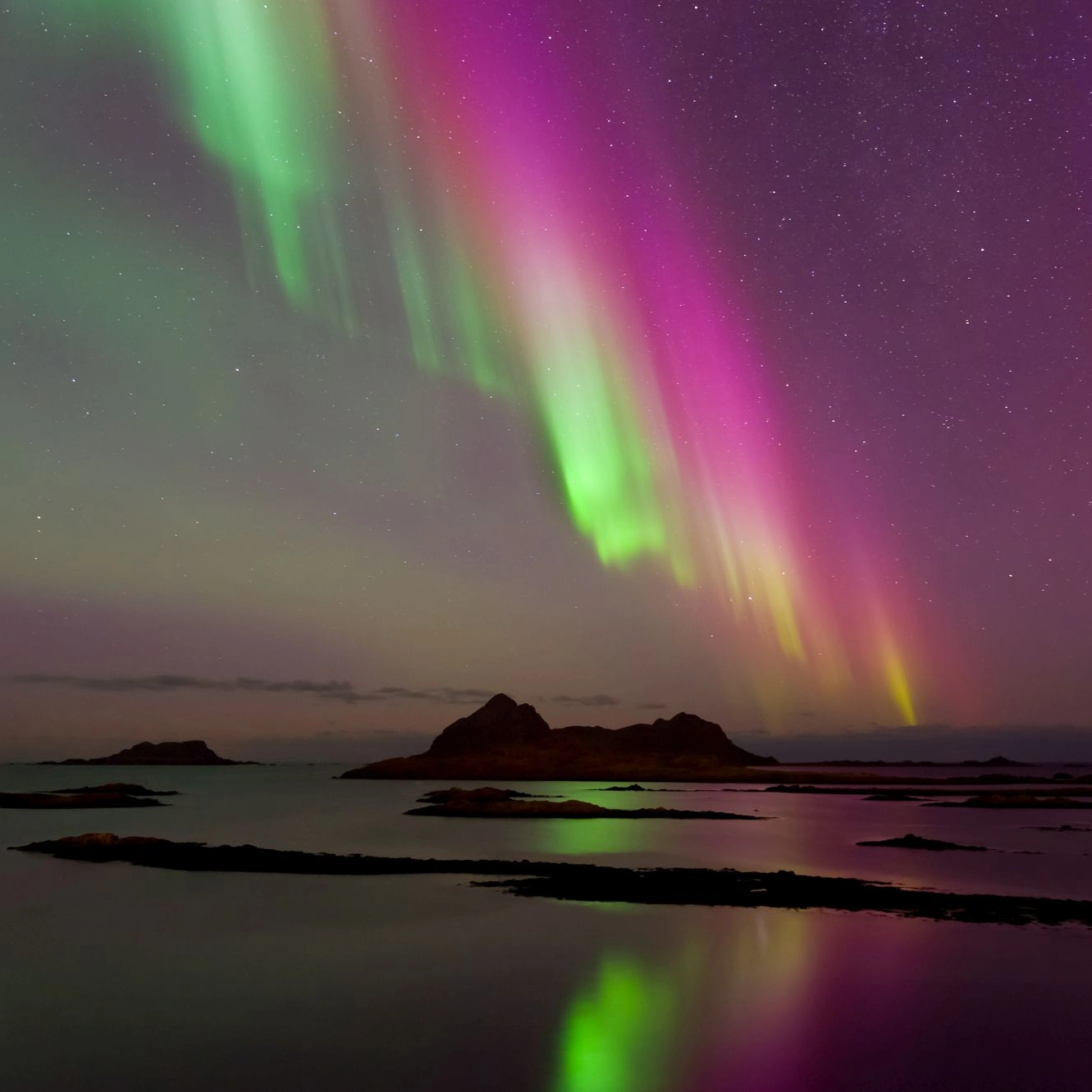Get the most out of your stay in Norway
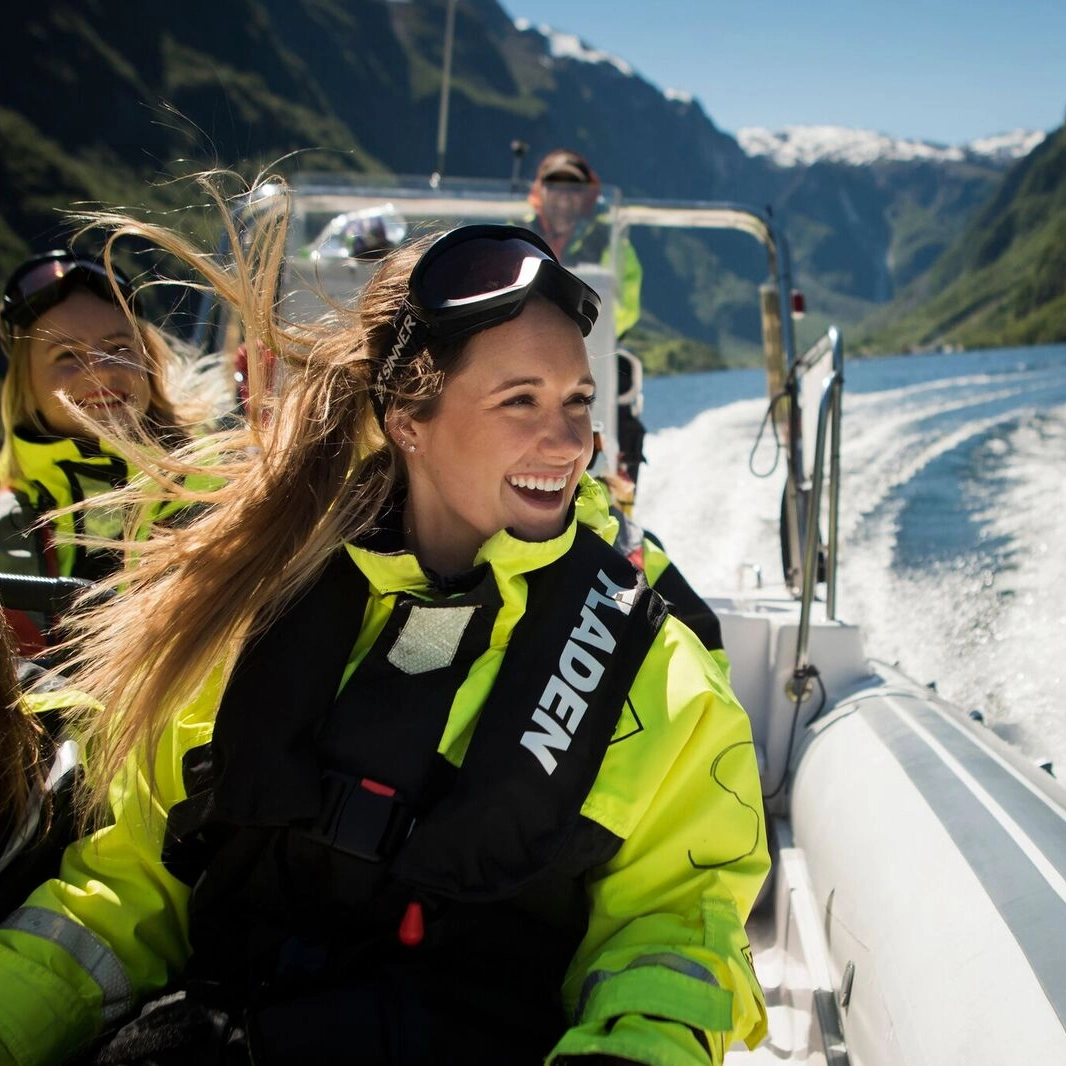

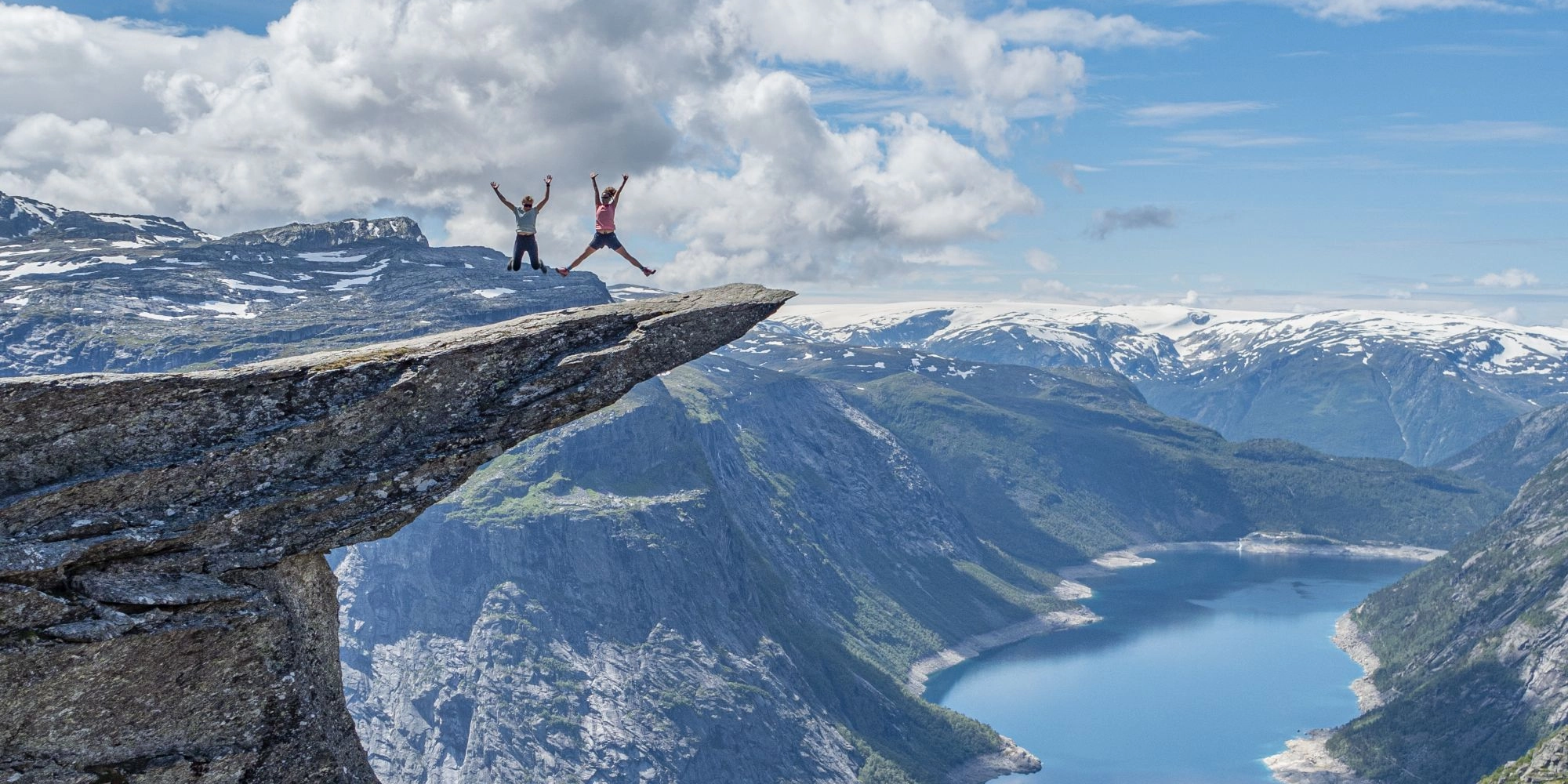

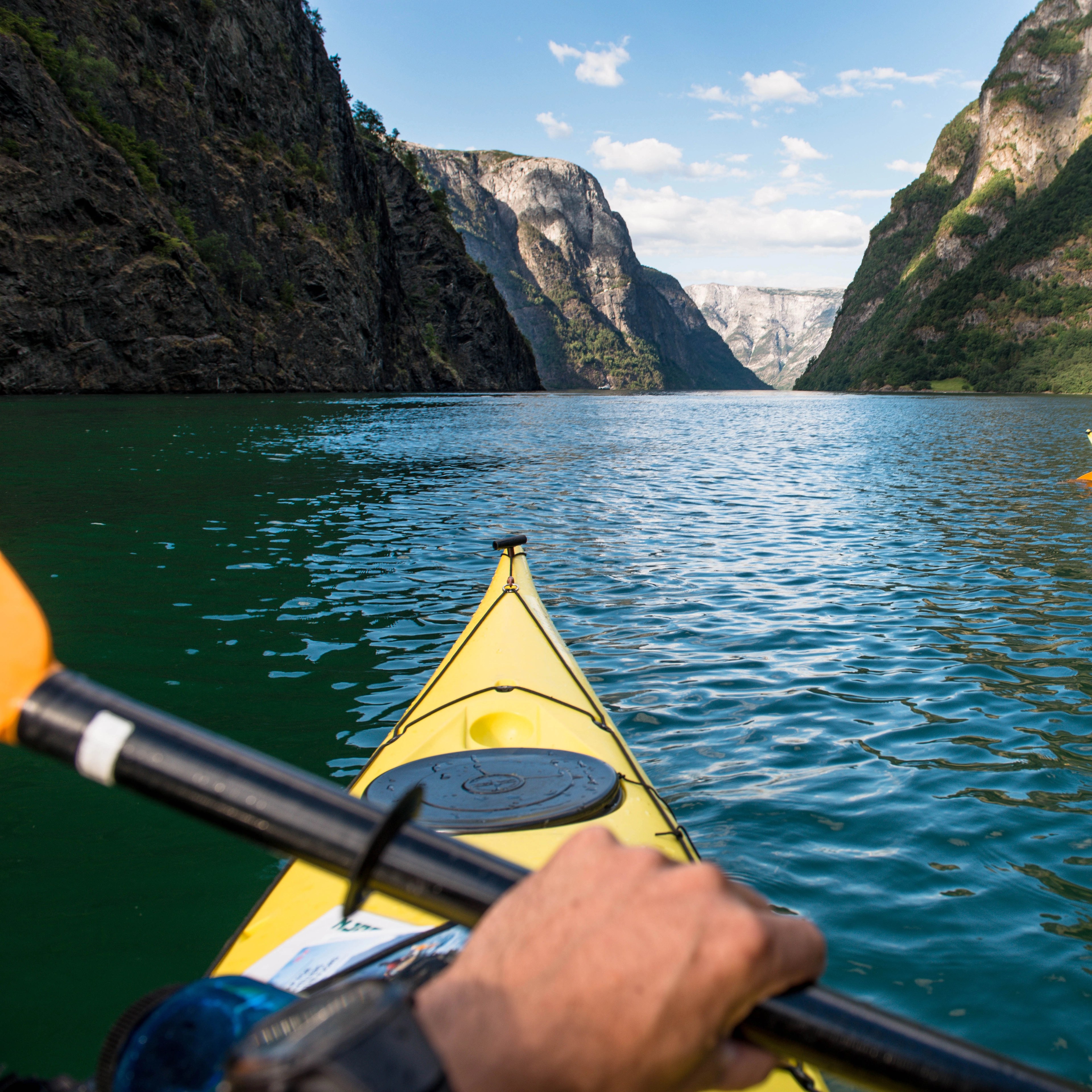


Things to do in Norway







Activities
Our most popular activities
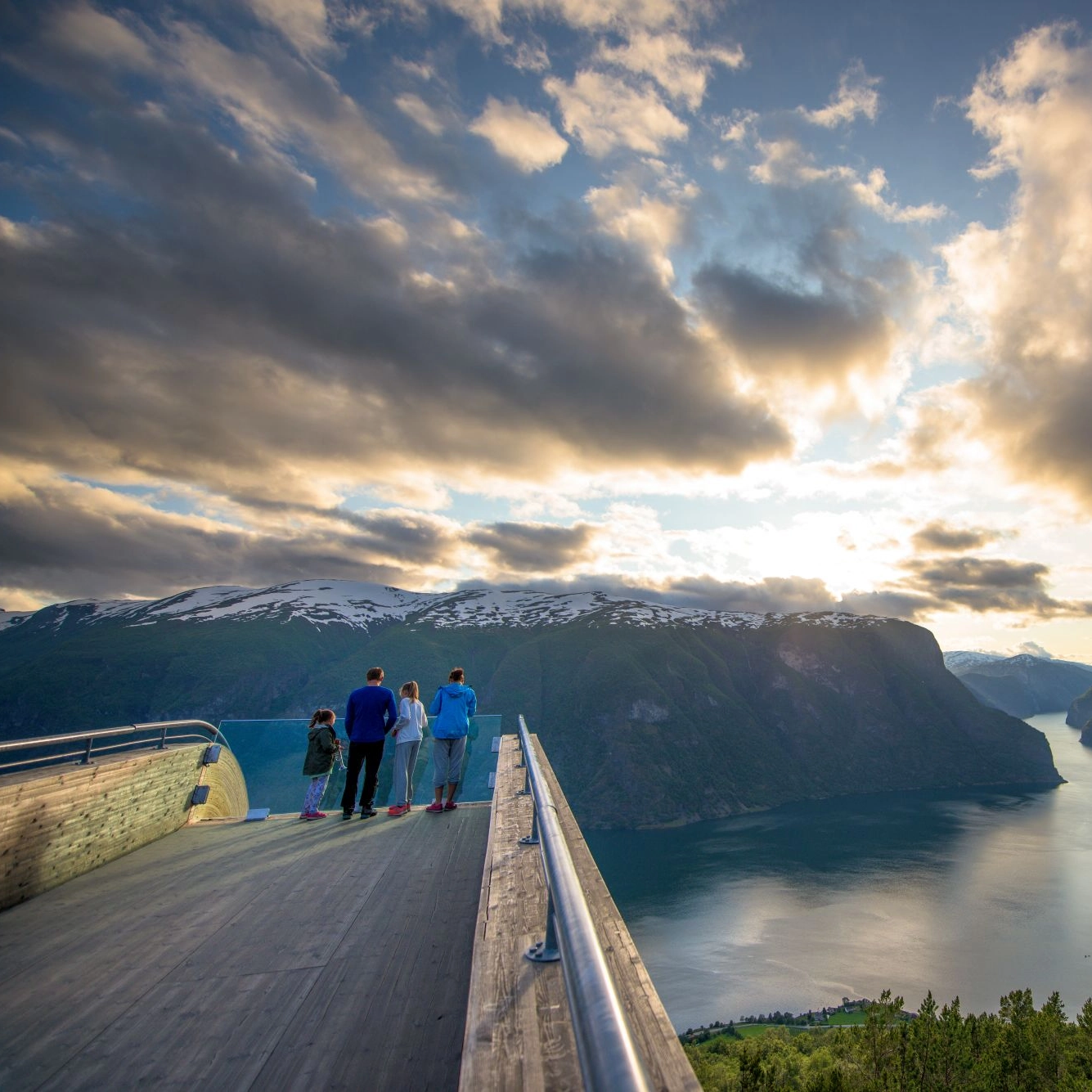
Discover all our tours
Top destinations
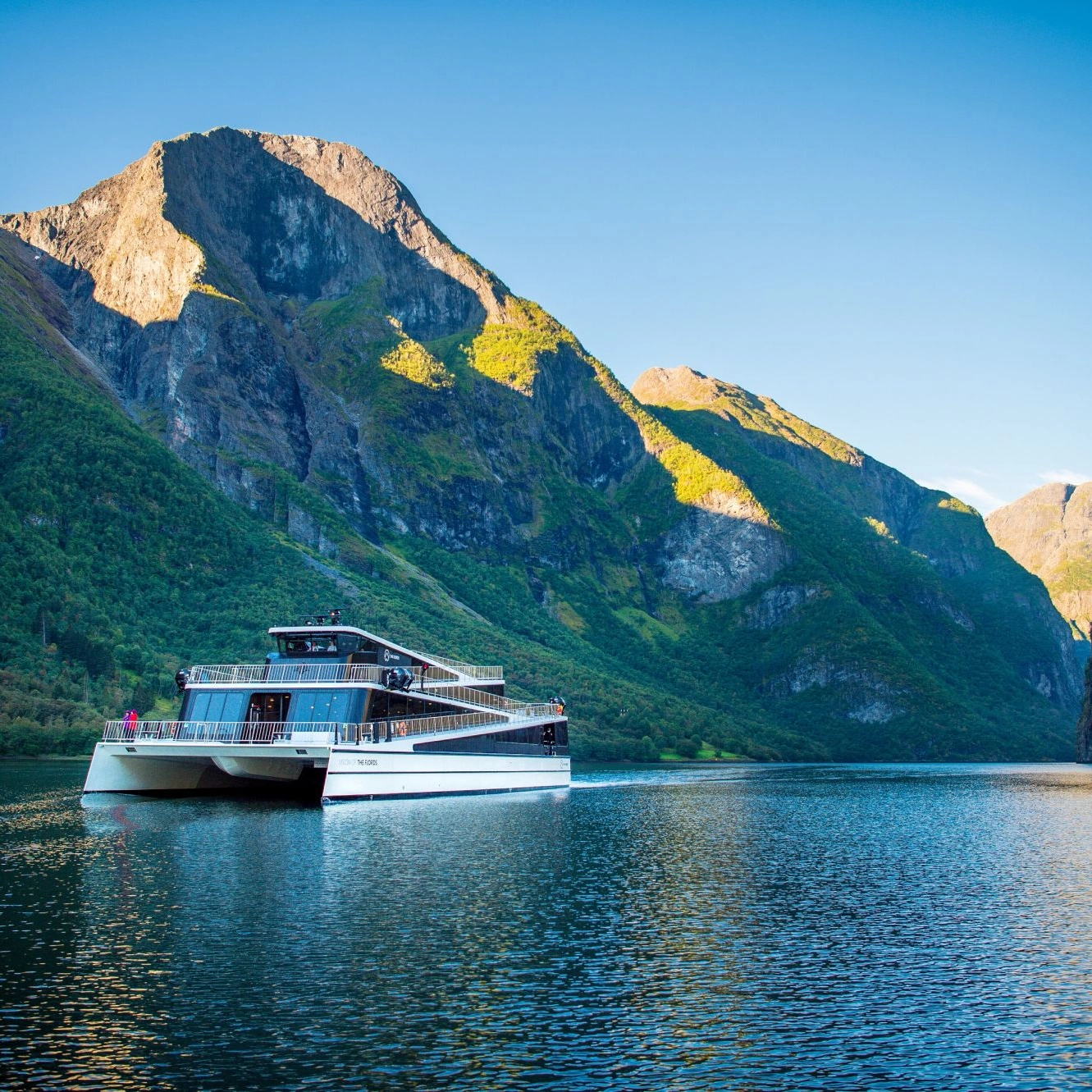
Experience Norway in a Nutshell®
Active in Norway

Outdoor Activities in Norway
From the eerie beauty of the Northern Lights to the calm tranquility of the fjords, Norway is a country filled with some of the most spectacular sights in the world. With landscapes which are as dramatic as they are magnificent, Norway has so much to offer anyone looking for a nature holiday. There are many outdoor activities which can be enjoyed in Norway; here are just a few suggestions for all levels of fitness.
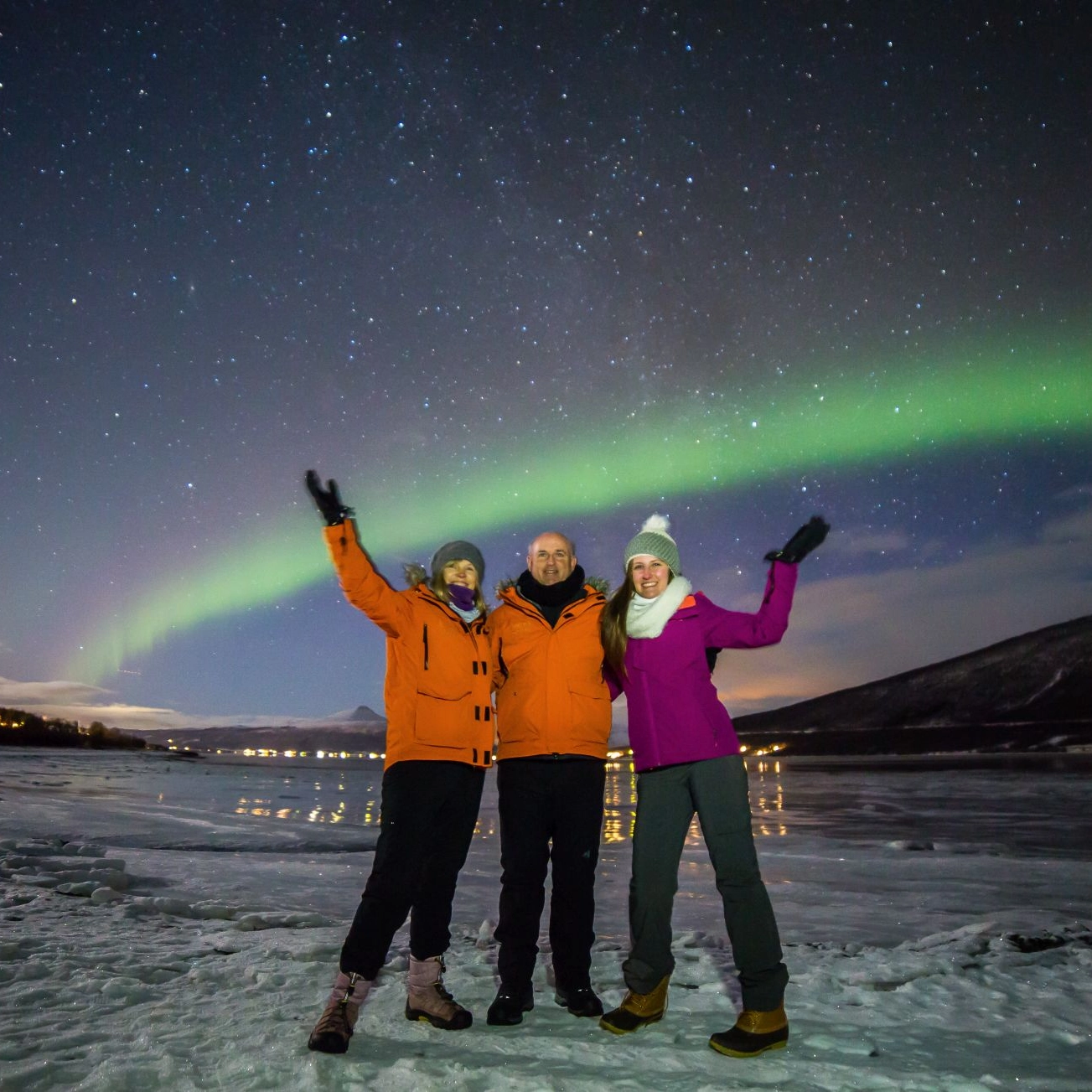
Winter activities in Norway
If you're looking for a winter escape from home, Norway might be just the ticket. Wintertime is the perfect time to take advantage of the fantastic natural landscape in Norway and explore one of the most beautiful countries in Europe. Not only does Norway offer excellent skiing conditions, but several existing winter activities are just waiting to be discovered!

5 great family activities in Norway
With magnificent scenery and exciting experiences for the whole family, Norway is a great holiday country for both young and old. Give the kids an experience they will never forget, with rafting trips, climbing adventures, dog sledding adventures or even meeting some real-life Vikings!

Tourist Activities in Odda and Trolltunga
The world-famous rock formation Trolltunga has long been one of the most popular natural attractions in Norway. Located by the Hardangerfjord, the historical town of Odda is the perfect base for exploring Trolltunga and the surrounding area. Let’s take a closer look at some of the fantastic hiking opportunities and other interesting activities for tourists in this beautiful part of Norway!
